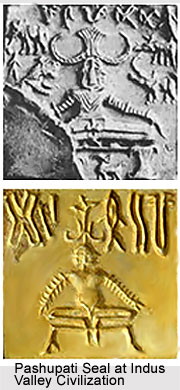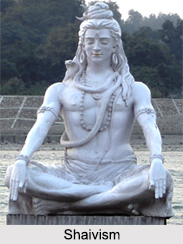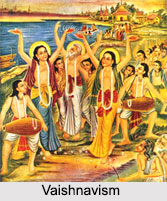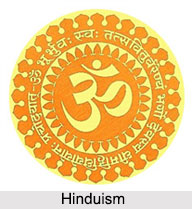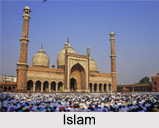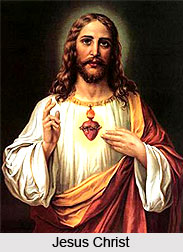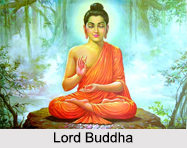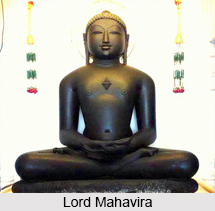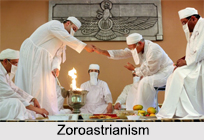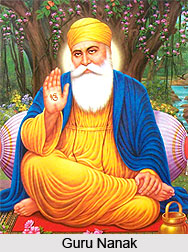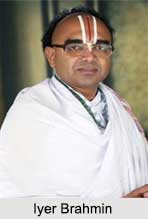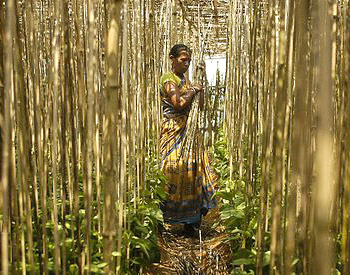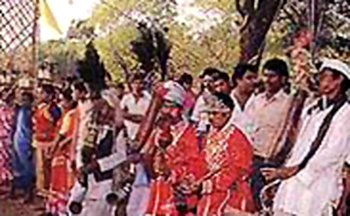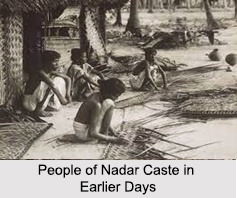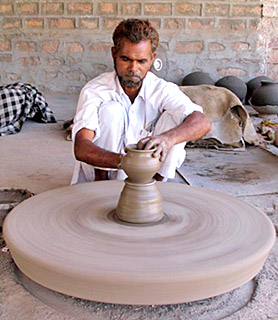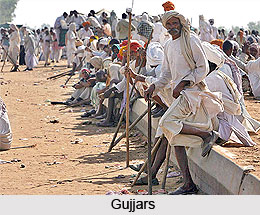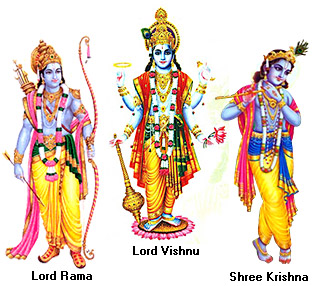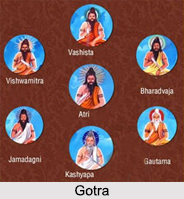Chura caste belongs to Dalit section of Hinduism. Chuhras rarely owned land and only a small portion had a claim upon some land as tenants. They were hired as agricultural labourers either on a daily wage basis. They also received small payments as well as "gifts" for traditional services rendered. They also had to perform some services without receiving any payment. They were totally dependent upon their powerful patrons for survival.
They were extremely poor, insecure and dependent on others for survival. Other villagers never allowed them to use the village well. They lived in small mud houses on the edge of the village. They wear simple clothes and consume simple food. Under the conditions they had to live alcohol and opium was used commonly. They have their own leaders and caste panchayats to deal with internal matters and to negotiate matters affecting relationships with others.
Their religious life offers an insight into their culture. A certain amount of religious flexibility is practiced amongst them. Chuhras adopted the religion of the dominant groups within their villages. If Muslims dominated the village they would become Muslims and were called Musallis. In Sikh villages they became Sikhs and were known as Mazhabis. In Hindu villages they remained Chuhras and followed their own religion. Conversion brought about religious equality but not social equality.
They believed in evil spirits and ghosts. They also relied on faqirs, bhagats and pirs to drive these away. They also had belief in omens, sorcery and magic, evil eye, in charms, and in auspicious and inauspicious times. They worshipped Muslim saints, Mata Devi who was the smallpox deity and Gugga Pir who protected people from snake bites. They had their own totems and taboos.
They have their own life-cycle customs and ceremonies. No special birth ceremonies are held. However a sugar product is given to friends and ten days later relatives are invited to a meal. The mother is considered as impure for a period of twenty-one days, after which she bathes and resumes cooking. Generally arranged marriages take place and it took place before the girl reached puberty. A bride-price was paid, gifts were exchanged, people were fed, and songs were sung. The actual wedding is performed by a Brahmin priest, a Muslim maulvie or Chuhra gyani. After a few days at her husband`s house, she returns home until called for, at times after attaining puberty years later. Once again gifts are brought and songs are sung. Divorce and remarriage is allowed but no ceremonies are held neither there is any exchange of gifts.
The also follow some distinctive beliefs that revolves round the worship of Bala Shah. They erected dome-shaped shrines of mud or brick that had no images but had niches for oil lamps and an altar for offerings. Worship was done on Thursday evenings with a major sacrifice being offered once or twice a year.
